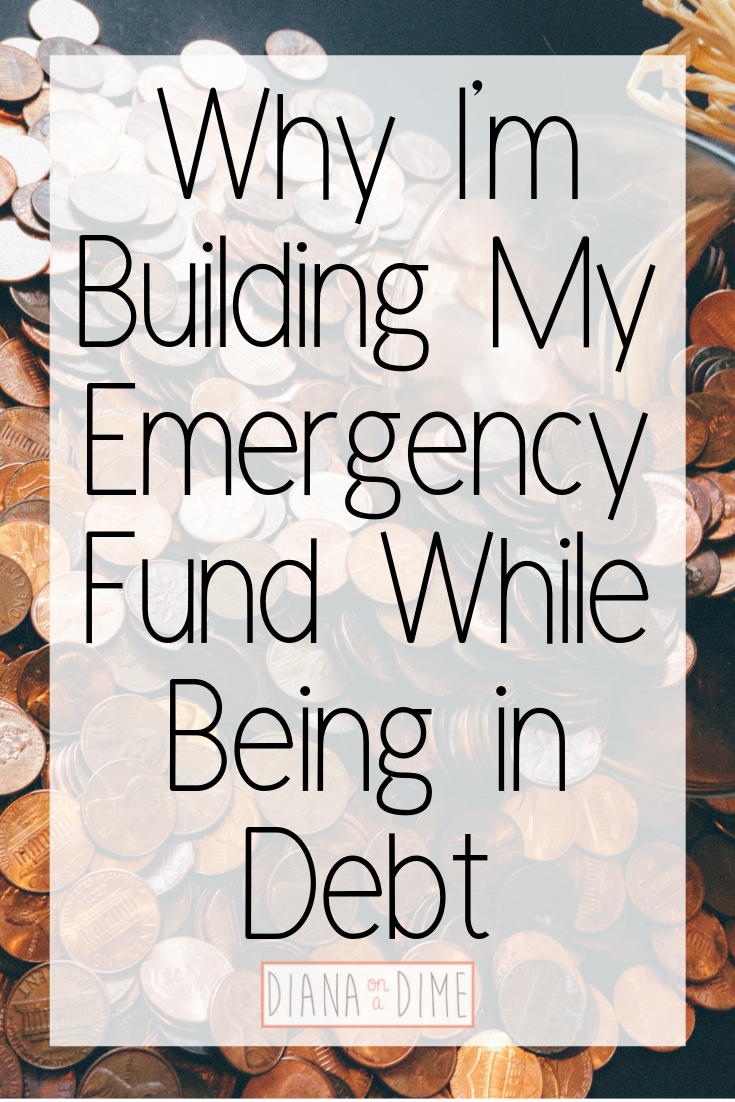How to Manage Your Sinking Funds
This post may contain affiliate links. Check out my Disclosure Policy for more information.
I absolutely love sinking funds. They are a total game changer to any budget. If you don’t know what a sinking fund is, you can check out my post here.
They can be tricky to manage at times and getting into the swing of them definitely is difficult. Sinking funds budget in a totally different way. The great part about them is that you can use them in whatever way you want.
I personally try to keep only a few. Having too many gets complicated and I’m all about that minimalist life right now. I combined a ton of my sinking funds into very broad categories. Managing them is easier this way.
I personally have 3 sinking funds currently, you could argue I have 4. I have a car, moving out, and summer sinking fund. Also, I contribute monthly to my emergency fund because that is used for any medical expenses that come up unexpectedly.
Most of my sinking funds are fully funded currently. My moving out and summer sinking fund will be gone shortly. That means I will only have my car sinking fund and my emergency fund. This is what works for me.
Over the years, I have created a system to manage my sinking funds. I try to keep it pretty low maintenance because I don’t want my sinking funds to take up a ton of my time. They are super important though and have helped me out so many times.
1. List out your sinking funds.
The first thing you need to do is list out your sinking funds. If you don’t have any sinking funds, think about the recurring expenses you have that are hard to plan for, or that you want to be prepared for when they come up.
Once you have them listed, think of realistic amounts for each of them. Most sinking funds won’t be contributed to forever, unless it’s for yearly expenses you have.
For example, I felt comfortable having $1,000 in my moving out sinking fund. Once that sinking fund was full, I stopped contributing to it.
My summer sinking fund is slightly different. That is contributed to monthly to supplement my income in the summer when I don’t get my teaching salary. For the last 4 years that has been contributed to for 10 months of the year. My new school is on a 12 month pay schedule, so this sinking fund won’t be needed.
2. See if you can combine any sinking funds.
When I first started, I had so many sinking funds. It was a mess honestly. I spent so much time managing it all and trying to figure out what went where and which sinking fund to pull from. It was just way too much.
That’s when I moved to a more simple approach. Anything that has to do with my car, comes from the car sinking fund. I stopped marking for specifics because it took way too much of my time.
This was also when I put my medical sinking fund into my emergency fund. About 2 years ago I started having reactions to antibiotics. This caused my doctor to make me go through a ton of allergy tests about a year ago to find a safe antibiotic for me to take.
Out of nowhere, I had a ton of medical expenses. Nothing major, but my medical fund was wiped clean from all the copays and medications (I am so grateful I have quality health insurance!). This made me dip into my emergency fund.
This experience made me realize that most of my medical expenses are emergencies because I don’t know they are coming. So, I beefed up my emergency fund and left it at that.
3. Create a system to manage your sinking funds.
Most of my sinking funds are pretty permanent. Or, they were at the time I started them. For this reason, I created new accounts for them in Ally. I love my Ally accounts and have had amazing customer service with them.
This allows me to manage them very easily. I set a limit that I am comfortable with for each category and contribute to them until that limit is reached. For my emergency fund, I always contribute $100 to it because I haven’t hit 1 month of expenses yet, now that I have moved.
Once I hit 1 month of expenses, I will add a buffer of $500 for medical expenses and that will be my sinking fund. For me, I feel comfortable having this system in place. It covers most of my recurring expenses and it is easily managed.
If you have a lot of sinking funds in one account, I suggest you have a spreadsheet or some other way to manage how much is in each of your sinking funds. Personally, I wouldn’t have sinking funds at home. One, it isn’t secure this way and two, it’s not doing any work for you sitting at home.
By having my sinking funds in Ally, it is earning me some interest. If I’m having money just sitting around, I want it to be at least earning some interest.
Figure out a system that is easy to manage and works for you.
Every person’s financial situation is different. What works for me, probably won’t work for you. That’s why you need to take the time to figure out a system that does work for you.
Sinking funds are a wonderful thing that allows you to prepare for a lot of situations. That’s why it’s so important to figure them out. If you need help with this, this is part of my monthly 1:1 coaching I offer.
Getting your budget right will help you finally start reaching those big money goals you’ve always dreamed of reaching. How do you use sinking funds?





